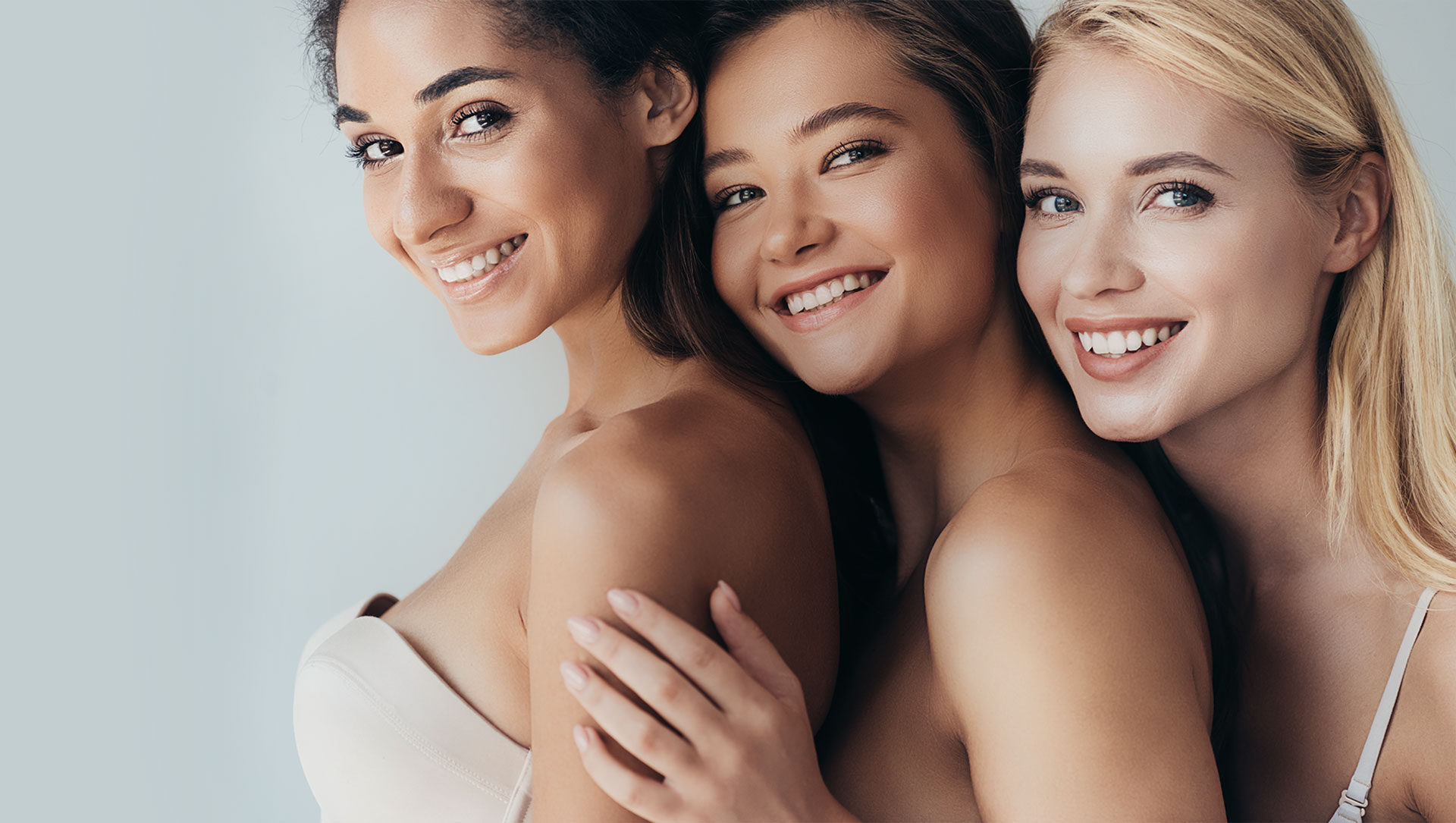Repeated or Secondary Rhinoplasty
The central role of the nose on the face and its effect on a person’s psyche has long been recognized. Psychological assessment and candidate selection are essential stages in rhinoplasty. Understanding a patient’s motivations and expectations is crucial to avoid dissatisfaction and emotional distress after surgery. Often, a mismatch between expectations and achievable outcomes leads individuals to seek secondary rhinoplasty in Yerevan, Armenia.
Research has shown that patients’ perception of aesthetic results is often influenced by the presence or absence of breathing difficulties. For this reason, careful attention to preventing and treating post-rhinoplasty nasal breathing disorders can positively impact overall satisfaction with the results.
Secondary rhinoplasty is considered one of the most complex areas of nasal surgery, as it often involves both aesthetic and functional correction.
Success of Secondary Rhinoplasty Depends on:
- Severity of the existing deformities
- Surgeon’s experience and skill with revision cases
- Individual healing characteristics, including skin elasticity, scarring tendencies, and adherence to postoperative care instructions
Autografts are commonly used in revision procedures and may be harvested from the septum, rib, or ear cartilage, as well as fascia, fat, or skin. Platelet-rich plasma components may also be utilized.
Procedure Overview:
- Duration: 3 to 8 hours, depending on complexity
- Hospital Stay: 1–2 days
- Recovery: Supervised period of 2–3 weeks
- Timing: Performed no earlier than 8–12 months after the primary surgery
- Results Assessment: Initial results within 2–3 years, with long-term outcomes evaluated at 5–7 years
In revision surgery, the tissues are often scarred, cartilage is deformed or fused, and anatomical structures may be abnormal. The skin may be less elastic and more difficult to reshape. These challenges underscore the importance of selecting a surgeon with extensive experience in secondary rhinoplasty in Yerevan, Armenia.
Rib Cartilage Use in Revision Rhinoplasty:
- Minimal, well-concealed incision in the breast fold
- An ample supply of material for reconstruction
- Strong, durable cartilage structure
- Simultaneous harvesting of fascia from the rectus abdominis muscle through the same incision when needed
Patient Motivation for Secondary Surgery:
- Independent decision
- Influence from observing others who had surgery
- External pressure
Independent decisions and observed outcomes account for nearly 80% of patient motivations. Patients pursuing revision surgery often experience greater concern about results than those undergoing rhinoplasty for the first time. It is essential to distinguish between these patient groups.
Studies suggest that emotional distress typically decreases within four weeks after surgery and stabilizes by 12 weeks.
Body Dysmorphic Disorder (BDD):
BDD, or dysmorphophobia, is a psychiatric condition characterized by excessive concern over perceived physical flaws. Patients may fixate on minor imperfections or imagine defects that do not exist. The nose is a common focus.
Features of BDD:
- Frequent mirror checking
- Social withdrawal and isolation
- History of dissatisfaction with previous cosmetic procedures
- Tendency to shift concern to other body areas postoperatively
Prevalence:
- General population: 1–2%
- Among cosmetic surgery candidates: 6–20%
- Among rhinoplasty candidates: up to 20.7%
BDD is often associated with other psychiatric disorders:
- Depression (80%)
- Social phobia (12%)
- Substance abuse (48.9%)
- Eating disorders (32.5%)
Due to the nose’s central location on the face, dissatisfaction with its appearance can profoundly affect self-image and mental health. While surgery rarely satisfies individuals with severe BDD, mild to moderate cases may benefit from carefully planned rhinoplasty in Yerevan, Armenia. According to available data, 81% of patients with BDD report symptom remission after surgery, and 90% express satisfaction with the results.
Conclusion:
Secondary rhinoplasty is a complex procedure requiring a high level of surgical expertise and psychological insight. A personalized, multidisciplinary approach is essential for successful outcomes and patient well-being.
Prices
There is no fixed price list of operations on the Website, as the cost of aesthetic surgery can vary depending on many factors.:
- Type of surgical operation
- The volume and duration of operations
- Materials used
- Type of anesthesia
- The initial state of the operated area
- The complexity of the operation being performed
The patient’s nationality does not affect the cost of operations. We practice an individual approach. The price of the operation is determined by direct examination of the patient or by examining photographs.
You can send photos by email:


